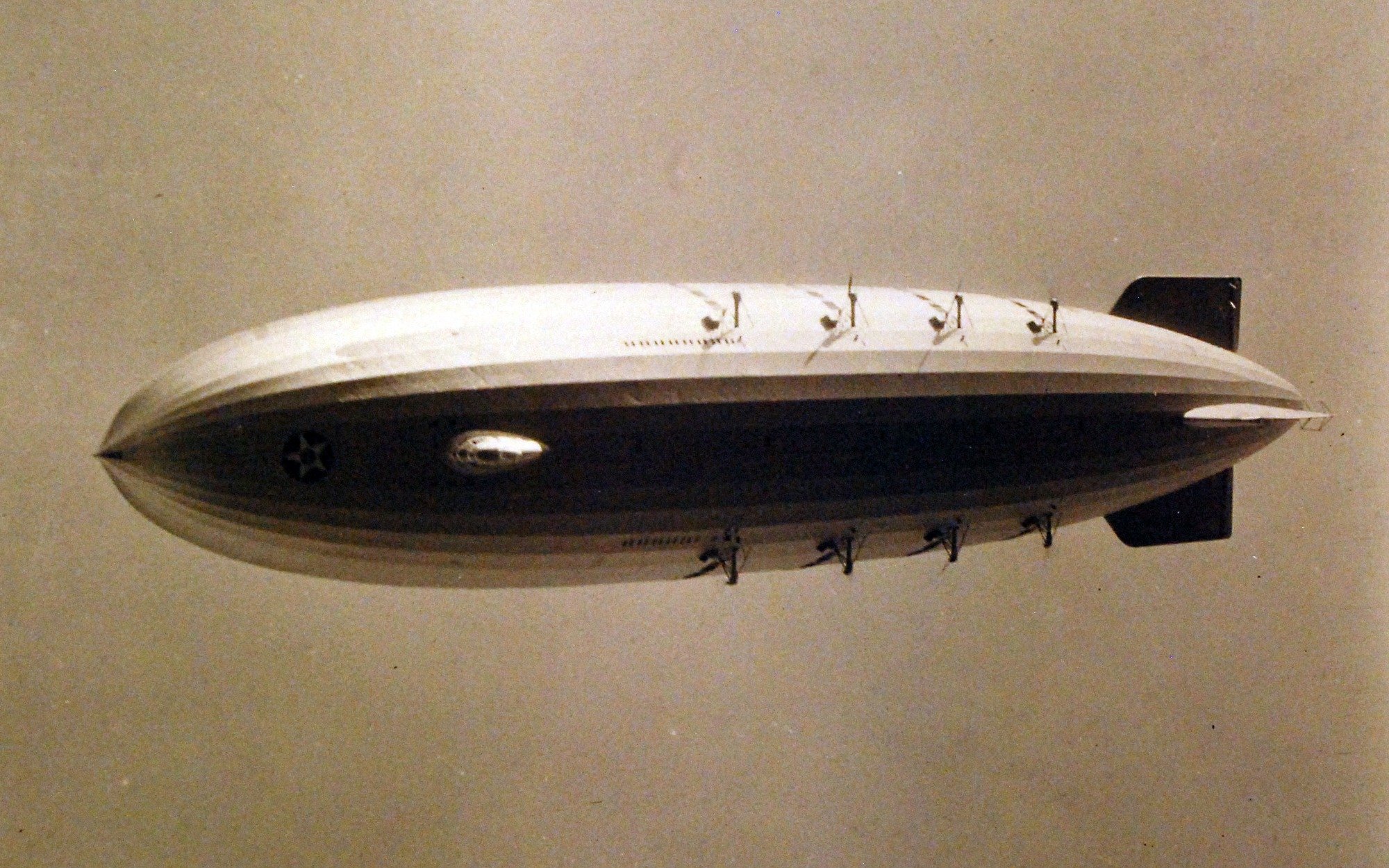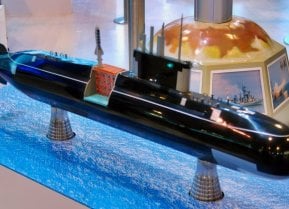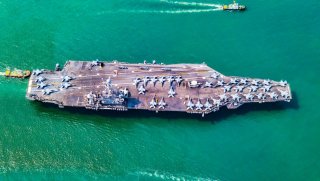USS Akron: How the Military Created an Incredible Flying Aircraft Carrier
Both the USS Akron, and the second ship in class, the USS Macon, were destroyed in accidents. In 1933, the USS Akron was caught in a storm off the coast of New Jersey. The airship crashed. 73 people were killed, including Rear Admiral William Moffett, who was also the Chief of the Bureau of Aeronautics.
In the Avengers films, S.H.I.E.L.D. operates an ultra-futuristic helicarrier, which is essentially a flying aircraft carrier. Using CGI, the Marvel filmmakers depict a seemingly unattainable piece of technology. And while nothing so advanced currently exists, the concept – a flying aircraft carrier – has in fact been tried before. In the 1930s, when the US Navy experimented with helium-filled airships, designated the Akron-class.
Meet the USS Akron: The Flying Aircraft Carrier
Constructed by Goodyear-Zeppelin, two Akron airships were built for scouting and reconnaissance. The airships were able to bolster the Navy Scouting Force’s range, allowing them to scout past the horizon line. To extend their range even further – and also to provide protection – the Akron airships carried a squadron of aircraft. In effect, the Akron was indeed a flying aircraft carrier.
The Navy first began experimenting with rigid airships after World War One. Actually, as part of a reparations agreement with a disgraced, defeated Germany, the Germans built America an airship for delivery. Additionally, the Americans built their own airships, a first batch that operated in the 1920s without much success. They all crashed. But lessons learned from the early airships were honored in a new design that the US hoped would work more properly. The new design, of which two ships were commissioned, would be designated the Akron-class.
The Germans actually helped with Akron; the project was a joint effort between America’s Goodyear and Germany’s Luftschiffbau Zeppelin. Goodyear is of course best known for their blimps, which are often seen cruising above sporting events. And Zeppelin has had their name become synonymous with their product – like Jet Ski, Zamboni, Band-Aid, and Taser. Zeppelin is also notorious for their Hindenburg, which of course exploded in dramatic fashion while touring the United States.
The Akron airships featured some clever design innovations. Namely, the use of “Deep Rings,” which were a pair of duralumin main rings that made the airship's skeleton, so to speak. The Deep Rings were stronger and sturdier than the traditional unreinforced rings that had been used on preceding airship designs. The Akron also featured a triple keel – three triangular shaped keels, two placed along the bottom and one along the top.
Perhaps the most significant feature of the Akron was the aircraft hangar. The hangar was capable of carrying as many as five small airplanes. The planes launched from a “trapeze” style device that was pretty incredible. To launch, the airplane would be attached to a “skyhook” while still within the hangar. Then, with the skyhook, the attached plane would be lowered into the open sky below and released to fly off. To land, the procedure was simply reversed. The plane would fly into the skyhook, connect, and then be dragged back up into the hangar. The concept was clever and ahead of its time, predating the use of motherships to drop X-planes, like Yeager’s X-1 and Armstrong’s X-15.
The Akron also featured a “spy basket,” which, like the name suggests, was a small gondola that could be lowered below the main body of the Akron. Sailors would sit in the gondola and conduct reconnaissance, while the main body of the Akron remained hidden in the clouds below.
The first Akron, known as the USS Akron, was 785 feet long, 146 feet tall, and had a 132-foot diameter. With a 6.5 million cubic foot volume and a gross weight of 403,000 pounds, the Akron could heft a serious payload: 182,000 pounds. 60 sailors operated the USS Akron, which had a top speed of 84 miles per hour and a transcontinental range of 10,580 miles.

Both the USS Akron, and the second ship in class, the USS Macon, were destroyed in accidents. In 1933, the USS Akron was caught in a storm off the coast of New Jersey. The airship crashed. 73 people were killed, including Rear Admiral William Moffett, who was also the Chief of the Bureau of Aeronautics.

In 1935, the USS Macon suffered a similar fate. Caught in a storm off the coast of California, the Macon attempted an emergency landing near Point Sur. Thanks to the Akron disaster, the Macon was outfitted with life jackets and rafts. Only two sailors died. The Macon sank to a depth 15,000 feet below the surface of the ocean. The location was unknown for decades and today, is too deep for divers to reach.
About the Author
Harrison Kass is a defense writer with over 1,000 published articles. An attorney, pilot, guitarist, and minor pro hockey player, he joined the US Air Force as a Pilot Trainee but was medically discharged. Harrison holds a BA from Lake Forest College, a JD from the University of Oregon, and an MA from New York University. He lives in Oregon and listens to Dokken. Follow him on Twitter @harrison_kass.


